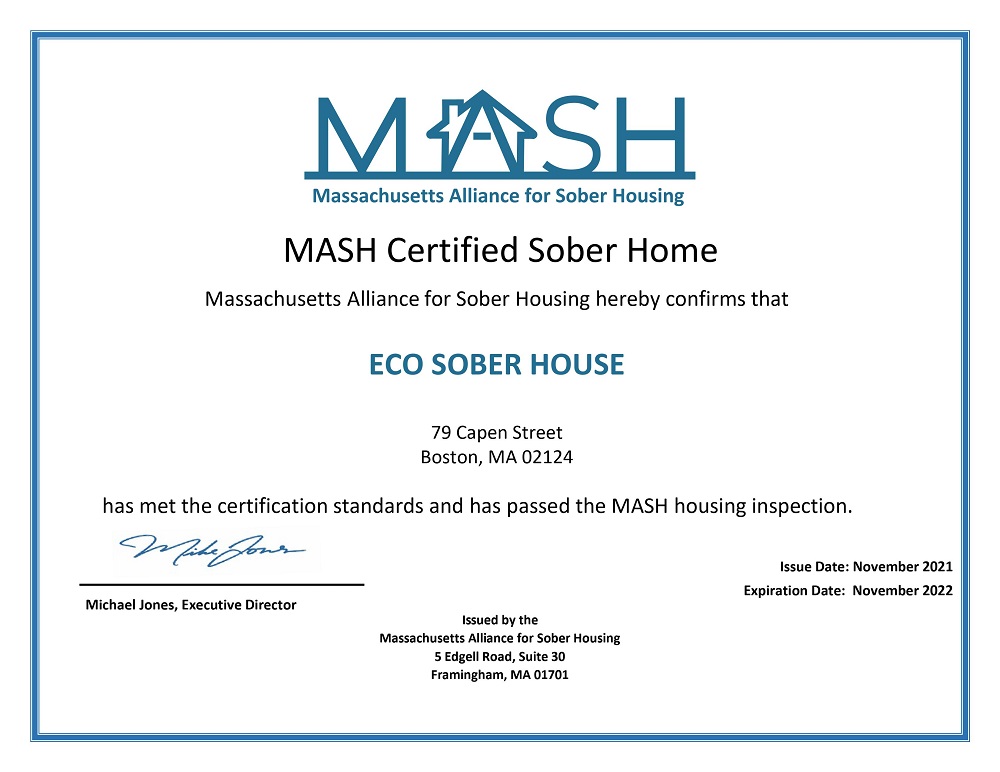Content
For example, a cognitive-behavioral treatment program for women with alcohol problems may be combined with pharmacotherapy to address strong cravings for alcohol or symptoms of depression. In addition, existing treatment approaches may be further modified to address the individual needs of each female patient (e.g., prenatal care). Secular Organization for Sobriety (SOS) refers to itself as “a self-empowerment approach to recovery” without any spiritual or religious involvement. Its therapeutic processes and general organizational principles are quite similar to AA however, and much of the organizational language is very similar to AA’s 12 Traditions. As recovery processes stretch over a long period, it is suggested that stable recovery is obtained after five years at the earliest (Hibbert and Best, 2011). Here at Meta Addiction Treatment, we know that abstinence isn’t easy, but we also know that abstinence often results in a successful recovery and long-term sobriety.
What happens after 1 year of no alcohol?
After One Year: Congrats on making it to 12 months! At this point, your risk of developing all types of disease will be reduced and your bone density will start to increase.5 Keep in mind that everyone is different and will experience different things when they stop drinking.
Sobriety Sampling is a “gentle” approach to abstinence; an alternative to the traditional message that an individual can never drink/use again for the rest of his/her life. CRA recognizes that the notion of long-term abstinence may seem overwhelming at treatment onset and consequently could lead to dropout. So instead, CRA therapists first discuss the advantages of a “trial period” of sobriety, such as the opportunity to gain family support and test new coping strategies. Regardless of whether the client settles on 3 or 30 days, the next appointment should occur prior to the end of the contracted period of sobriety so that additional trial periods of abstinence can be linked.
Recovery support programs
Abstinence may not be the easiest addiction treatment approach, but it is the most effective. Despite a long-lasting history of successful abstinence-based treatment, some behavioral health experts believe that abstinence may be too difficult for certain individuals to achieve. They believe in a moderation-based approach to addiction recovery instead. In the realm of addiction recovery, understanding the distinction between abstinence and sobriety is essential. Abstinence is a commitment to refrain from substance use, while sobriety encompasses a transformative journey towards holistic well-being. Both paths have their merits, and the choice between them may depend on individual circumstances and personal preferences.

Looking back to the early nineteenth century, both drunkenness and substance use were viewed as moral failings and heavily stigmatized. There was no treatment offered for alcoholism or drug addiction, purely punitive actions like imprisonment. Sobriety as a mainstream concept is widely understood as totally refraining from a substance or behavior. The process described here is abstinence rather than sobriety, though.
Achieving Sobriety Is Necessary to Get Successful Life
A moderation approach may be recommended for those who prefer a gradual approach to progress. Here are additional reflection questions from a therapist to help you understand your own relationship with alcohol, and if moderation meets your needs and preferences. First, let’s dive into the difference between abstinence (AKA sobriety) and moderation.

Addiction affects your mood, and this must be addressed if you’re going to have a successful recovery. Practicing abstinence can also be a way to focus on a priority, such as education or extracurricular activities. Sobriety and abstinence are the two main objectives for maintaining recovery. However, the difference between the two is sometimes confusing, leading some individuals to mistake sobriety for abstinence. Read more to clarify the differences between the two terms to help you make the right decision.
Abstinence vs. Sobriety
To fight the effects of addiction, people should try to practice sobriety as early as possible. Through rehab, you will learn to identify what triggers you to use substances, while also creating healthy coping mechanisms so you avoid relapse and stay sober. For more severe cases of alcohol use disorder or substance use https://stylevanity.com/2023/07/top-5-questions-to-ask-yourself-when-choosing-sober-house.html disorder, medical detox centers provide a safe and comfortable environment. With around-the-clock medical supervision and medications to ease withdrawal symptoms and cravings, detoxification takes anywhere from a few days to a week or more. Chronic addiction causes functional and structural changes in the brain.
- Being sober, often known as sobriety, is the absence of intoxication.
- Moderating your drinking may mean cutting back to one beer a day, only having a glass of wine on special occasions, or even only going out twice a month instead of every weekend.
- Where an abstinence-oriented approach is not appropriate, controlled drinking looks to be a viable choice, mainly if supported by specialist psychotherapy.
- Abstinence doesn’t address behaviors, emotions, mental health, etc.
- Humphreys noted that the findings were consistent whether the study participants were young, elderly, male, female, veterans or civilians; the studies in the review were also conducted in five different countries.
